- Restyled front and rear bodywork
- Additional standard equipment
- Improved Apple CarPlay integration
- Minor engine tweaks add 9 horsepower
2025 Porsche 911 Carrera First Drive: Playing to Its Base
The details may have changed, but the basic 911 is still ridiculously good
There's a fresh look to the 2025 Porsche 911, but it's OK if you didn't notice. Subtle upgrades and tweaks have been a hallmark of the 911 since its inception, with truly noticeable changes (to people outside of tedious owners' groups, anyway) being limited to every five to seven years. In this current generation, known internally as the 992, Porsche has now rolled out the refreshed 992.2 version of its Swiss army knife of sports cars. There's some new styling, additional standard features, upgraded tech and a touch more power.
On the outside
For 2025, Porsche has given the 911 Carrera numerous small updates. Walking up to the 2025 model, the revised front fascia features larger air intakes and subtle restyling to give the Carrera a wider and more substantial appearance. The increased size of the intakes was allowed mainly by the elimination of the 911's stand-alone turn signals. Originally mounted in the bumper below the headlights, the signal lighting has been relocated and incorporated into the redesigned headlight assemblies. Didn't catch that at first glance, did you? The license plate holder has been repositioned as well, allowing for better placement of the 911's front-facing sensor array.
While the profile of the 911 remains unmistakable, nerdy, sharp-eyed viewers will notice the larger standard brakes on this year's model. Now flashing six-piston calipers (up from four) up front, both front and rear discs have also been upsized to 13.8 inches. How much you see of these brakes will depend on which one of the seven wheel designs you choose.
Moving to the rear, the 911 has received more subtle styling tweaks to serve both aesthetic needs as well as functional ones. The louvers on the engine cover have been reduced from 18 to 10 and conceal two additional air intakes. The taillights have been redesigned, the license plate has been moved upward, and the trim around the exhaust is now larger and painted black. Like the changes to the front end, these changes are subtle but become very clear when the new model is parked alongside the previous one.
On the inside
Much like the exterior, the inside conceals some significant changes. Gone is the vestigial key on the left side of the dash. The 911 now follows other Porsches in using a start button, which is also on the left side of the dash. Another loss for traditionalists is the elimination of the analog tachometer. The instrument panel is now fully digital, measuring 12.6 inches, and has been redesigned. Previously, the outboard elements on the 911's digital dash were obscured by the steering wheel but this new instrument panel effectively relocates everything, making everything visible through the wheel. Like other digital dashboards, the one in the 911 is reconfigurable and offers multiple layouts, but unlike other brands, Porsche has molded its digital screen into the traditional dashboard shape of the 911 — it didn't just stick a tablet on the dash and call it a day.
Behind the 10.9-inch center touchscreen lies new software, including a much more comprehensive integration of Apple CarPlay. Android Auto users can still connect wirelessly, and whatever phone you use can be charged in a redesigned wireless charger, with cooling, under the center armrest. The wireless charging pad can now charge at up to 15 watts.
No matter which 911 you choose, all will include a drive mode selector on the steering wheel, a feature previously only available with the (still) optional Sport Chrono package. What is not optional, or even available, at this moment is a manual transmission for the standard Carrera. While it's probably premature to call it dead forever, it might not be a bad idea to skip ahead to the fifth and final stage of grief and loss: acceptance.
Another change to the interior of the 911 is the lack of standard rear seats. The seats were barely big enough for Cabbage Patch Kids, so the loss of them as standard equipment won't really matter to most buyers, but they were a good spot to strap down items you didn't want to put in the frunk. Instead, 911s will now simply come with a carpeted area behind the front seats. If you need to have the seats, Porsche does offer them as a no-cost option.
Small powertrain tweaks
Subtle changes continue under the engine cover for the Carrera. Still powered by a twin-turbocharged 3.0-liter flat-six engine, for 2025 Porsche has brought over some parts from the Carrera's more powerful siblings. The intercooler has been adapted from the previous generation 911 Turbo while the turbochargers are from the previous-generation GTS. A very slight 9-hp increase isn't the only result. Porsche claims that 221 lb-ft of torque is now available from just 1,500 rpm and the engine's maximum torque of 331 lb-ft is on tap from 2,000 to 5,000 rpm. That makes the base Carrera feel much more responsive at lower, sane speeds than its modest power numbers would imply.
On the road
The 911 continues to inhabit the seemingly undiscoverable (by other manufacturers) sweet spot of a cross between sports car and grand tourer. And not just in the way it drives. Getting in and out of the 911, despite its size and its low stance, is not a chore. The doors aren't exceedingly long, making it easy to access in a tight parking space, and once halfway in, the seats aren't a trust-fall away. You simply open the door and sit down. Maybe all the old guys we see driving 911s have always known something we don't.
That sounds like a weird characteristic to point out, but as soon as you start pushing that Carrera down a good road, you'd swear you were driving a pure sports car. The steering in the 911 is bafflingly good, never nervous but always direct and highly accurate. Again, another sweet spot that it seems only Porsche knows how to find. The feel through the steering wheel is another highlight. It's not oversaturating your fingertips around town, but if you should find yourself on a racetrack, you swear you can feel the tires' tread blocks on an almost individual level.
Even though there is a Normal mode on the drive selector wheel, we'd strongly recommend using Sport — or, if you opt for the Sport Chrono package, Sport Plus — and shifting with the paddles. In that Normal mode, the transmission is a bit too eager to upshift and a bit too reluctant to admit that more revs would, in fact, be better in any given situation. It can make the Carrera feel less than responsive and a bit dull under 3,000 rpm. To get your money's worth with the 911, you should take matters into your own hands.
But that's not to say the transmission is a constant buzzkill. Putting even the entry-level rear-wheel-drive Carrera on a track results in a really thrilling experience. In the aforementioned Sport Plus mode, the Porsche's PDK transmission snaps into action and always seems to have the right gear selected with the next one already figured out. This year's larger brakes can be put to the test corner after corner and deliver both feel and stopping power without double-digit piston counts and carbon-ceramic rotors.
Remember how easy it is to get in and out of the 911? After a day at the track, that simple detail becomes even more impressive.
Edmunds says
In a strange way, the Carrera (that's the entry-level two-wheel-drive 911) has an uphill battle. As the most affordable 911 model (it starts at $122,095, including destination) and in full possession of many of the model's best traits, it seems like a no-brainer to keep things simple and just enjoy the good life. But people are easily swayed by the allure of more: more power, more tire, more exclusivity. And while we can absolutely understand the pull of added performance available in the Turbo and GT models, the basic 911 Carrera is very hard to argue against.
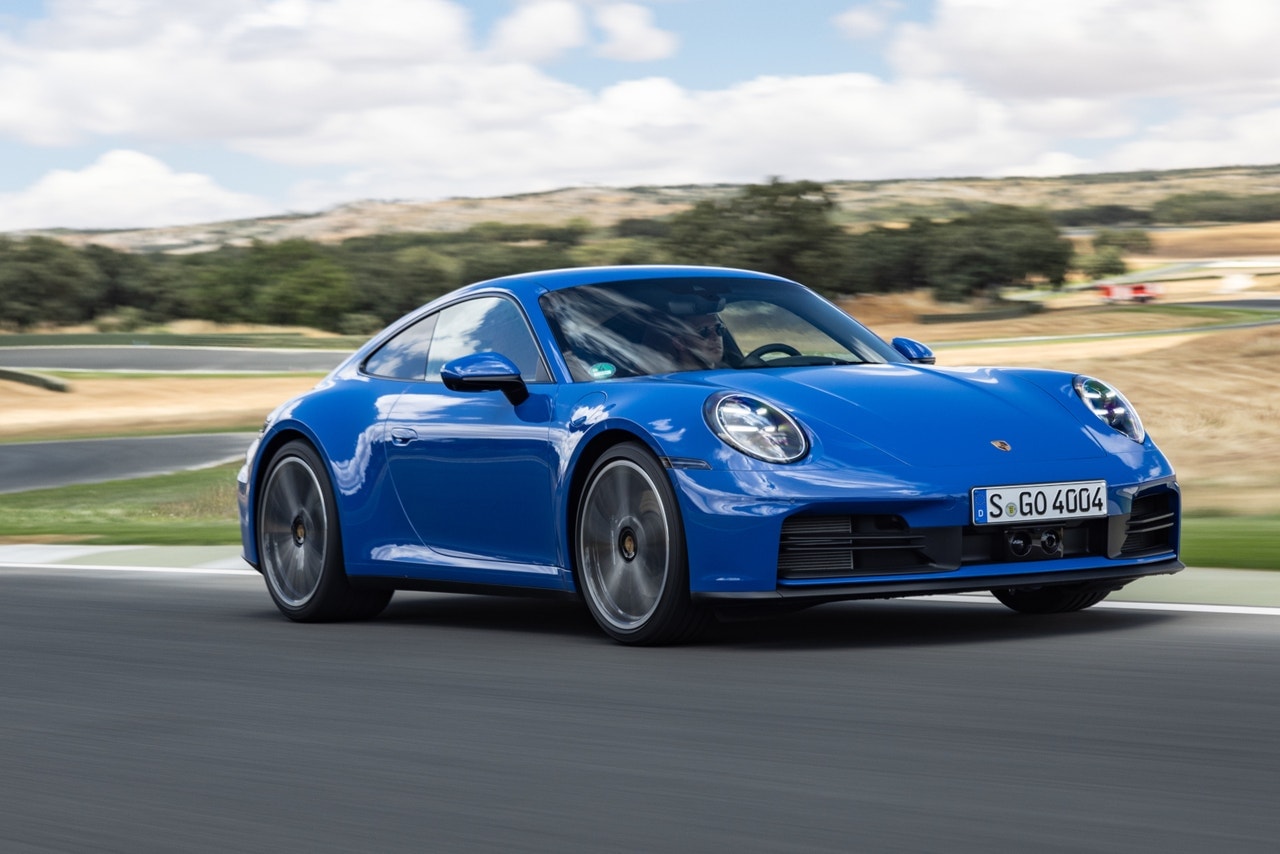
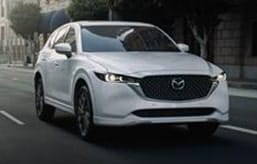
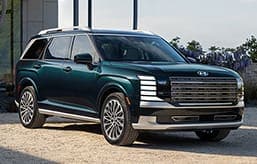
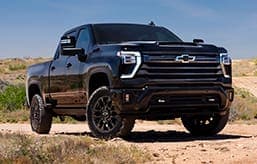
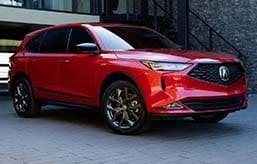
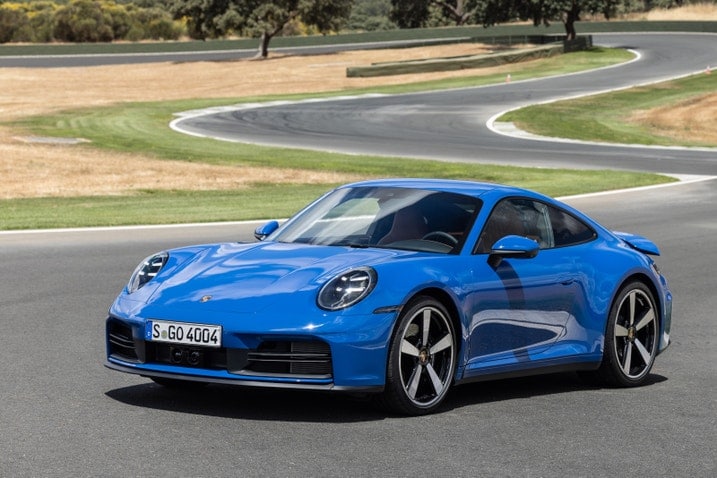
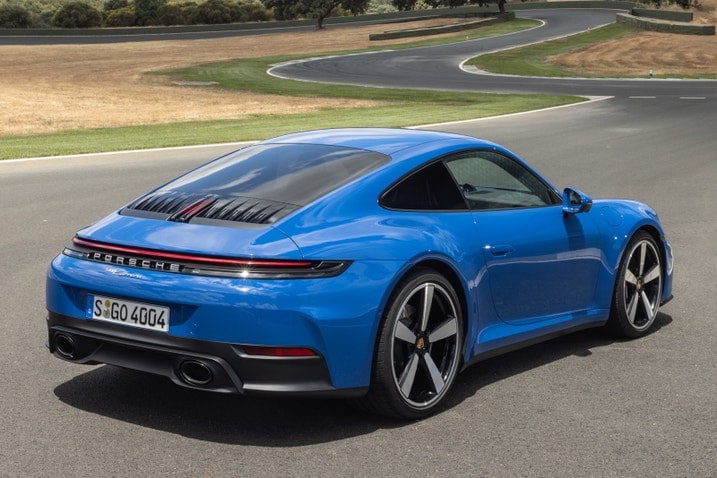
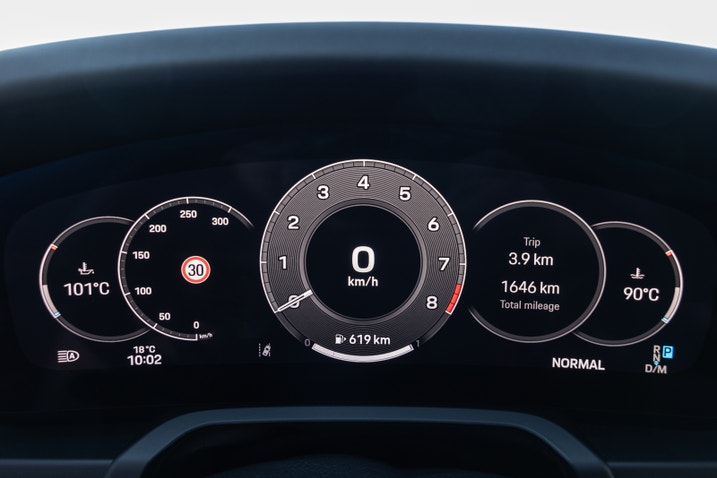
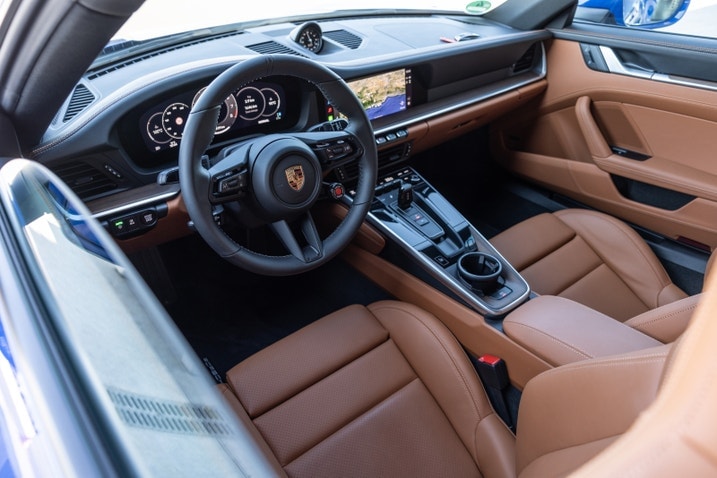

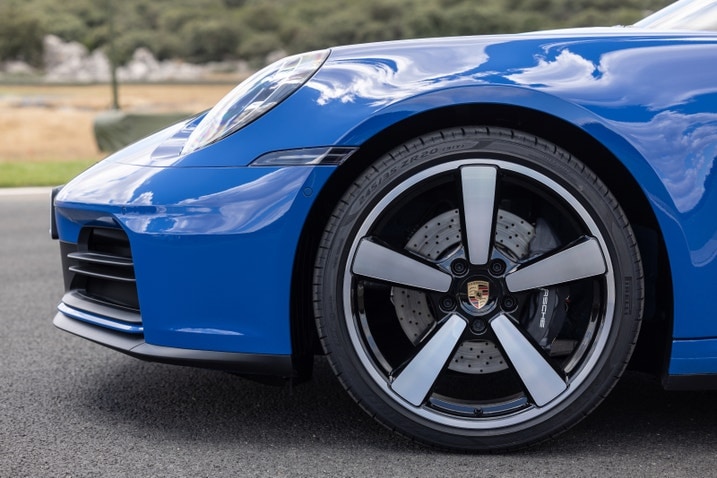
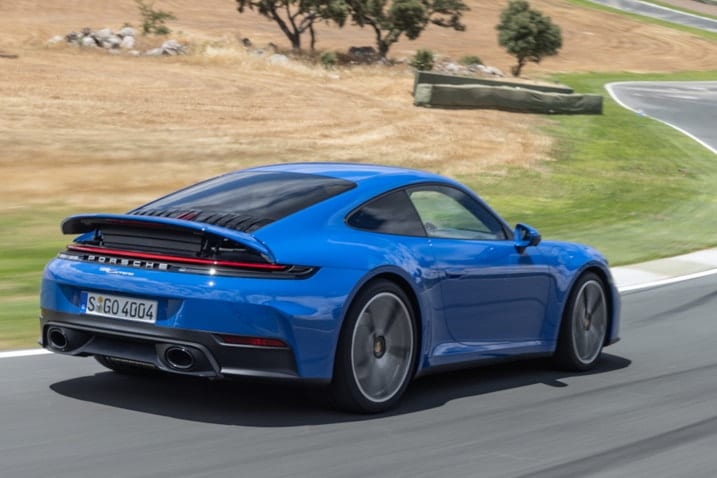
 by
by  edited by
edited by